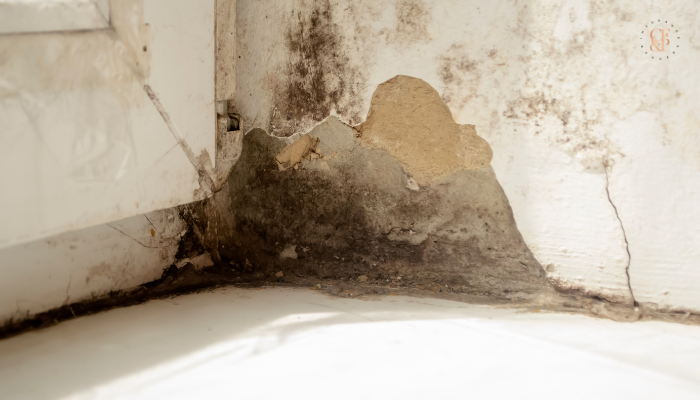



Homeownership comes with several responsibilities, and one concern that often raises questions is mold. Mold can be a pervasive issue, causing damage to your home and potentially impacting your health. Understanding the relationship between homeowners insurance and mold is crucial for adequately protecting you. In this blog, we'll explore the complexities of mold coverage in homeowners insurance, what scenarios may not be covered, and proactive measures to prevent mold issues.
The answer to whether homeowners insurance covers mold is nuanced. Most standard homeowners insurance policies provide some coverage for mold damage, but there are limitations. Typically, coverage is extended when mold results from a covered peril, such as water damage from a burst pipe or a sudden and accidental event.
If mold growth results from long-term neglect, such as unrepaired water leaks or constant high humidity, it may not be covered. Insurance is designed to address sudden and unforeseen events.
Standard homeowners insurance does not cover flood damage. If mold growth is a consequence of flooding, a separate flood insurance policy is required.
Homeowners are responsible for maintaining their homes. If mold results from poor maintenance, like a neglected long-term leak, the damage may not be covered.
Insurance typically covers the consequences of covered perils, not mold prevention. The homeowner is responsible for preventing mold growth, such as regular maintenance and humidity control.
Notify your insurance company as soon as possible. Provide details about the extent of the mold damage and the events leading to it.
Take photos and document the mold growth. This will serve as valuable evidence during the claims process.
Take reasonable steps to prevent further damage, such as fixing leaks or addressing water issues. Your insurance provider may expect you to take immediate action to prevent the spread of mold.
Engage mold remediation professionals to assess and address the issue. Keep records of their assessments, treatments, and costs.
Repair leaks and address water damage promptly to prevent the conditions that foster mold growth.
Keep indoor humidity levels below 60%. Consider using dehumidifiers in damp areas.
Ensure adequate ventilation in bathrooms, kitchens, and other moisture-prone areas. Use exhaust fans and open windows when possible.
Conduct routine home inspections, checking for leaks, water damage, and signs of mold growth.
Navigating the complexities of homeowners insurance and mold coverage requires expertise and personalized guidance. As a trusted insurance partner, CF&P Insurance Brokers is here to assist you in understanding your coverage and ensuring that you are adequately protected. If you have questions about mold coverage or want to explore insurance options tailored to your needs, contact us today. Call us at (925) 956-7700 to learn about our homeowners insurance plans.